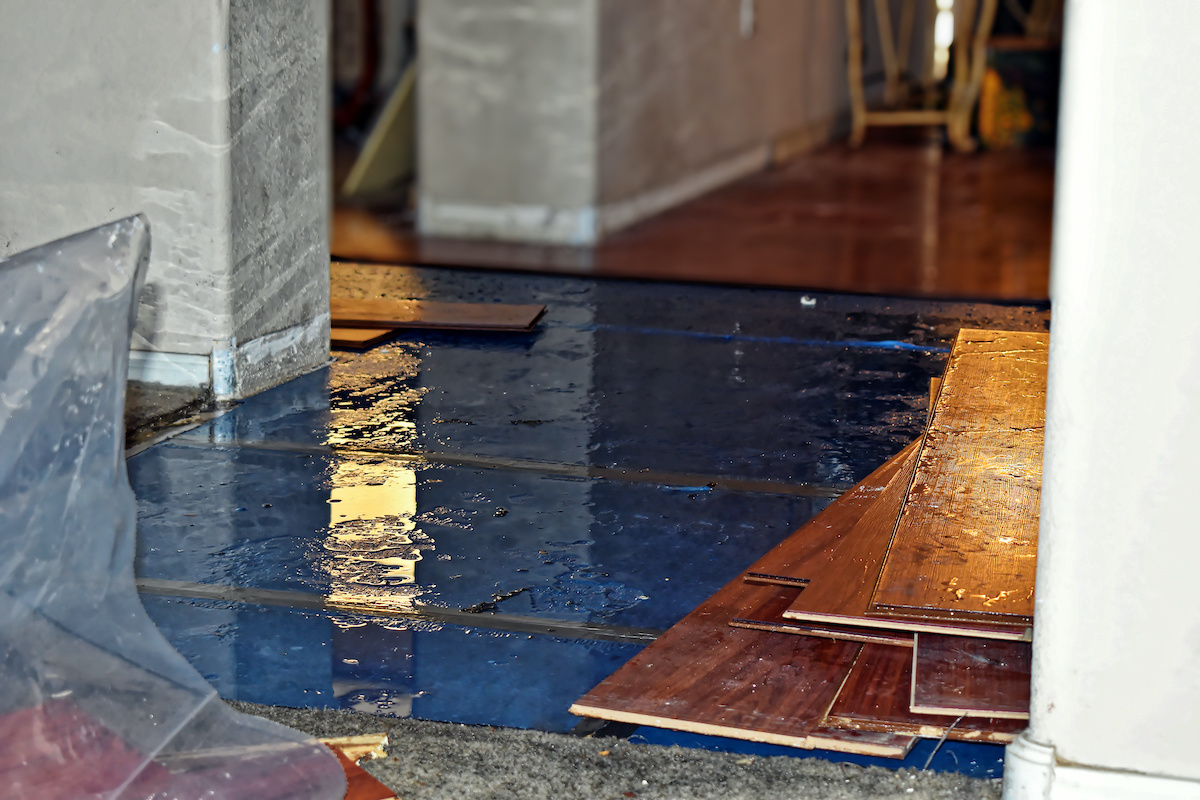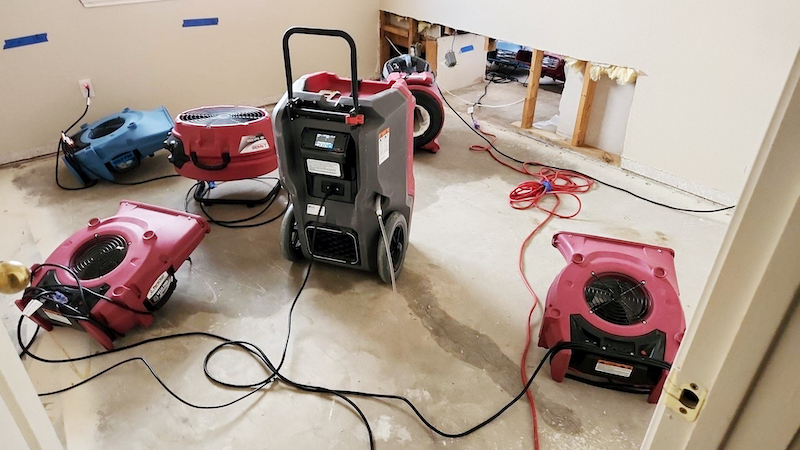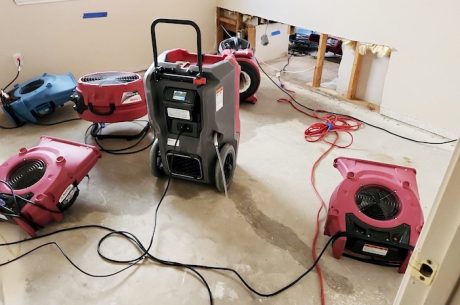Table of Contents
Whether it’s a burst pipe, a leaky roof, or a natural flood, water damage can feel like a nightmare. The longer the water sits, the worse the damage gets—ruining your floors, walls, and even your health. That’s why knowing how to clean up water damage properly and quickly is crucial.
This comprehensive guide walks you through the steps to clean up water damage, restore your property, and prevent mold growth. We’ve also included frequently asked questions to help you make informed decisions and a professional solution if you need one.
Step 1: Assess the Damage Immediately
Time is your worst enemy when dealing with water damage. Before jumping into cleanup, assess the extent of the damage. Is it just surface-level? Has the water soaked into drywall, insulation, or flooring?
If the damage covers a large area or involves gray or black water (from toilets, appliances, or flooding), it’s safer to call professionals like PuroClean of Coral Gables.
Step 2: Prioritize Safety First
Before you begin to clean up water damage, make sure it’s safe:
- Turn off electricity to the affected area.
- Wear protective gear (rubber gloves, boots, mask).
- Avoid contact with contaminated water.
If there’s any doubt about the structural safety of your property, don’t risk it—call a restoration company.
Step 3: Stop the Source of Water
Before you can clean, you need to stop the problem from getting worse. Locate and stop the water source:
- Shut off your home’s main water valve.
- Patch leaks (temporarily) with plumber’s tape or sealant.
- If it’s a roof leak, cover the area with a tarp until repairs can be made.
Stopping the source is the most critical step in learning how to clean up water damage effectively.
Step 4: Remove Standing Water
Now it’s time to get the water out.
You can use:
- Wet/dry vacuum
- Mop and bucket
- Towels for smaller areas
For large-scale flooding, professional-grade pumps may be needed. Quickly removing the standing water will reduce the likelihood of mold growth and structural damage.
Step 5: Dry Out the Area Completely
Even after the visible water is gone, moisture can linger in walls, under flooring, and in furniture. Drying thoroughly is essential if you want to successfully clean up water damage.
Here’s how:
- Open windows and doors for ventilation.
- Use high-powered fans.
- Rent or buy a dehumidifier to pull moisture from the air.
A moisture meter can help you determine when the area is truly dry.
Step 6: Remove Damaged Items
Sort through affected items and materials:
- Toss anything that can’t be salvaged (soaked insulation, warped drywall, wet carpet padding).
- Disinfect hard surfaces with bleach and water or a commercial-grade disinfectant.
- Dry salvageable items outdoors if possible.
Part of learning how to clean up water damage is knowing what you can save—and what’s better off replaced.
Step 7: Prevent Mold & Sanitize
After drying everything out, sanitize all surfaces—even those that don’t look damaged. Mold can begin growing within 24–48 hours.
Use:
- Antimicrobial solutions
- Vinegar or hydrogen peroxide on non-porous surfaces
- Professional mold treatments for affected walls or ceilings
If you’re unsure whether mold has started forming, it’s best to bring in a certified mold remediation expert.
When to Call in the Pros
Even though some homeowners can clean up minor water damage themselves, not all situations are DIY-friendly. Call professionals when:
- Water has soaked into walls or floors.
- The damage is caused by sewage or floodwater.
- You notice mold or a musty smell.
- The area is larger than 10 square feet.
- You need documentation for insurance claims.
Professionals use industrial-grade equipment to dry, sanitize, and restore properties safely and quickly.
FAQs About How to Clean Up Water Damage
Q: How soon should I start cleaning up after water damage?
A: Immediately. The sooner you start, the less likely you are to face mold growth and structural issues.
Q: How long does it take to clean up water damage?
A: It depends on the severity. Small areas may take 1–2 days, while larger floods can take up to a week or more including drying time.
Q: Can I clean up water damage myself?
A: Yes, if it’s minor and from a clean water source. Otherwise, it’s best to call professionals—especially for large areas, gray/black water, or mold risks.
Q: How do I know if the area is completely dry?
A: You can use a moisture meter or infrared camera to check for hidden moisture behind walls or floors.
Q: Is water damage always visible?
A: No. It can seep into walls, floors, and ceilings and cause long-term damage and mold growth if not handled properly.
Why Choose PuroClean of Coral Gables?
If the idea of cleaning up water damage on your own feels overwhelming, don’t worry—you don’t have to do it alone.
PuroClean of Coral Gables offers:
- 24/7 emergency water damage response
- Advanced drying and dehumidification
- Mold prevention and remediation
- Insurance claim assistance
- Trained, certified, and compassionate technicians
We’re the team you can count on when your home or business needs expert help fast.
Call us now at (305) 894-4343 for a fast response and peace of mind.

Final Thoughts
Learning how to clean up water damage the right way can save you time, money, and stress. Whether you take the DIY route or need professional support, acting quickly is the most important step.
For safe, thorough, and efficient restoration, PuroClean of Coral Gables is here for you—any time, any day.



